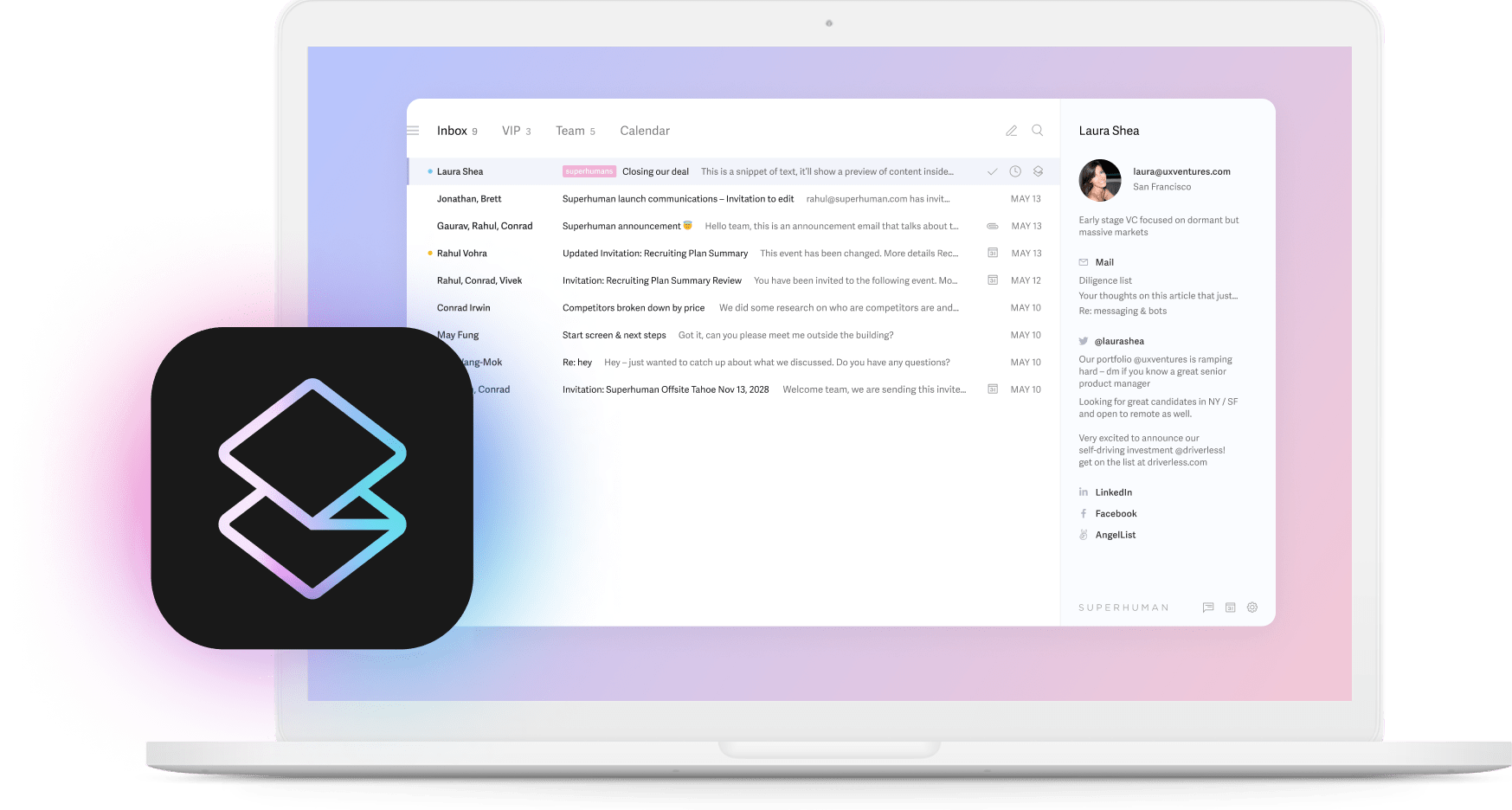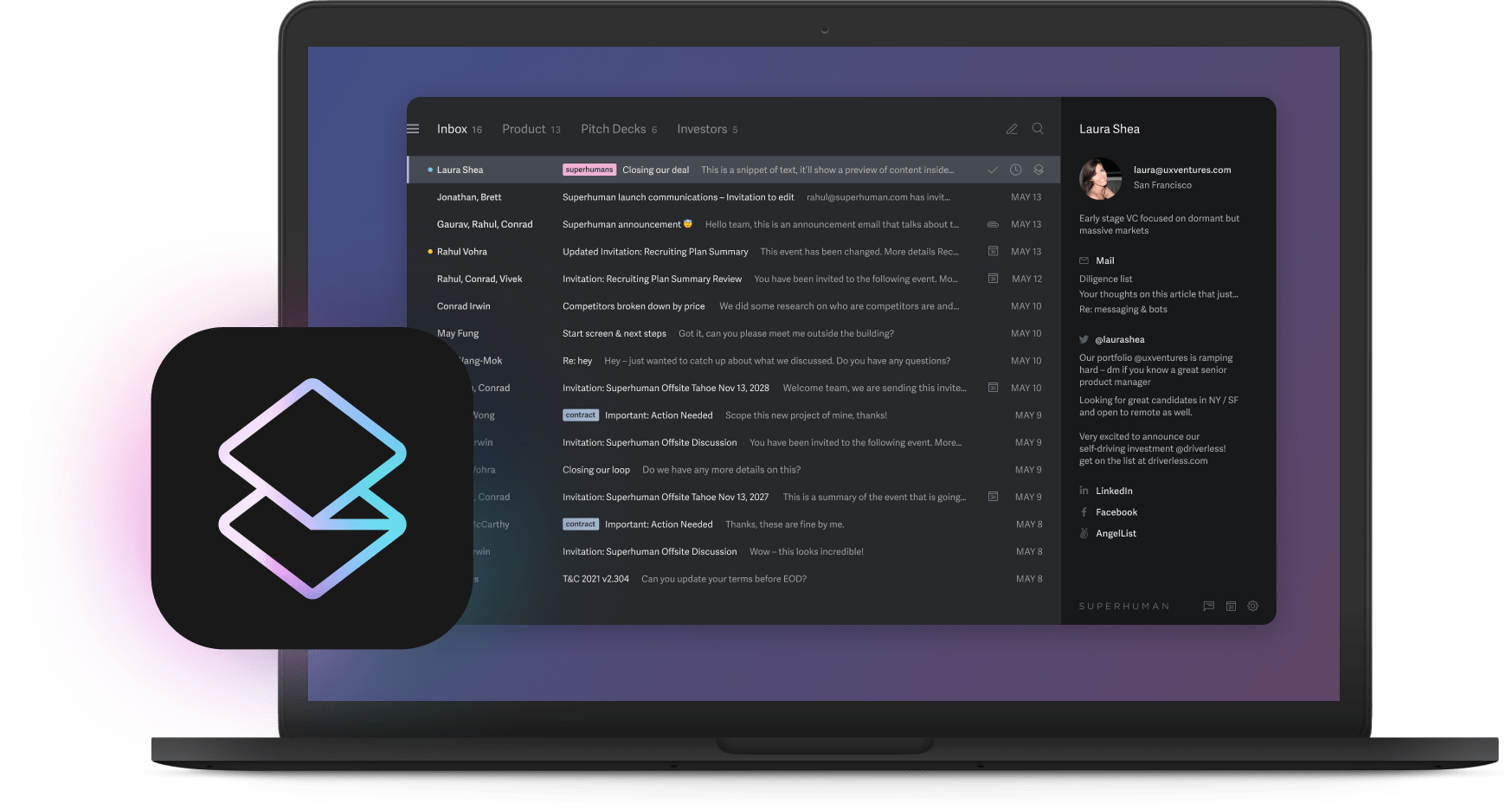
More than 80% of organizations report no tangible impact on enterprise-level EBIT from their use of gen AI, even as spending soars year after year. Meanwhile, 70-85% of generative AI deployments never reach production, quietly draining budgets and goodwill before vanishing into pilot limbo. Most corporate AI is theater, not transformation.
You're watching rivals announce breakthroughs while your pilots stall. Every quarter brings another budget defense, another investor update, another promise that this time will be different. Those vanity projects keep absorbing your best talent, inflating infrastructure costs, and pulling focus from revenue-critical work. The demos look slick, but they never touch your profit-and-loss statement.
This guide shows you how to turn AI from stage prop into hard-hitting infrastructure. You'll learn three battle-tested frameworks that form a 90-day playbook for measurable revenue lift, faster execution, and clear competitive edge.
The costly illusion of "AI transformation" theater
AI transformation theater drains resources and morale while creating a facade of innovation without genuine results. These initiatives prioritize press releases and superficial benchmarks over business outcomes. Projects burn through budgets without reaching production, making the entire exercise a costly illusion.
The numbers tell the story. McKinsey data shows few organizations report significant bottom-line improvements from AI efforts. Endless pilots and missing KPIs signal a disconnect from revenue-driving activities. Use cases fail to align with real business needs, creating initiatives that are spectacle rather than substance.
Fintech and tech sectors feel this pressure acutely. They must maintain competitive edge while navigating regulatory demands and legacy systems. Many organizations emphasize open dialogue yet fail to address foundational problems hindering advancement.
The solution requires dismantling the illusion completely. High-growth companies that integrate artificial intelligence into core functions embed AI within executive decision-making and align it with profit and loss responsibilities. This practical approach ensures AI serves as revenue-critical infrastructure, not just an experimental tool. When you focus on genuine integration, you prevent wasted investments and achieve scalable impact.
Core principle: treat AI as revenue-critical infrastructure, not an experiment
Proofs-of-concept feel safe, yet they're where budgets die. When you frame an initiative as an "experiment," you accept that failure has no financial consequence. Revenue-critical infrastructure must ship, stay live, and pay for itself.
High-performing companies make this distinction explicit. They selectively centralize model tooling and standards while embedding ownership inside business units carrying P&L responsibility. Marketing owns the churn-prediction model, customer success owns the voice system, and a lean center of excellence guards architecture and risk. No detached innovation lab exists. Every model sits on the critical path to revenue.
This approach matters even more for VC-backed or high-growth companies. Your board rewards net new cash, not elegant prototypes. When each quarter's burn multiple faces scrutiny, a system that shortens sales cycles or slashes cloud spend matters. A chatbot demo doesn't.
Treating artificial intelligence as infrastructure forces hard conversations about tech debt. Fragile data pipelines and legacy systems block scale in many failed projects. Infrastructure constraints rank among top reasons initiatives stall. By declaring the model mission-critical, you unlock budget to modernize data stores, fortify MLOps, and guarantee uptime any revenue engine demands.
The next sections walk through three frameworks making this shift repeatable. You'll learn a matrix to prioritize high-impact use cases, a sprint to clear hidden bottlenecks, and an embedded ops model to scale fast. Together they turn artificial intelligence from science project into the heartbeat of your growth strategy.
Framework 1: the Value-to-Complexity Matrix for ruthless prioritization
Racing to integrate artificial intelligence into business processes often pushes companies toward initiatives without clear execution or measurement plans, leading to wasted investment. The Value-to-Complexity Matrix helps you prioritize initiatives based on projected EBITDA impact and deployment complexity.
Picture a 2×2 matrix with deployment complexity on one axis and projected business impact on the other. Each quadrant represents different strategic paths. Low-complexity, high-impact initiatives become your quick wins. High-complexity, low-impact projects are vanity efforts best avoided. This matrix engages your executive team in streamlined decision-making, scoring each use case objectively to ensure business alignment.
Use revenue impact, cost reduction, and strategic advantage to assess potential value. For complexity, evaluate data readiness, infrastructure needs, and required organizational changes. Examining initiatives through these lenses surfaces quick wins and eliminates underperforming projects masquerading as strategic efforts.
Many projects end with unclear ROI, making success measurement cornerstone to the matrix's utility. Prioritize initiatives promising tangible results aligned with strategic goals. Research highlights that starting with tightly focused, high-value applications sets the trajectory toward success. This structured approach facilitates better resource allocation while minimizing theatrical projects that look good on paper but fail real-world delivery.
Framework 2: the bottleneck blitz for purging hidden organizational debt
You can't scale artificial intelligence while process sludge clogs every approval queue, spreadsheet, and data warehouse. The Bottleneck Blitz is a one-week sprint that flushes out hidden organizational debt blocking real value. By Friday, every team knows what to fix and who owns it.
Start Monday with whiteboard walkthroughs of customer-facing workflows. Trace each step until you hit the first slowdown. Ask what stops this from happening in minutes instead of days. Keep going until you expose all four debt zones.
Workflow bottlenecks create endless hand-offs, legacy forms, and forgotten queues that keep promising models stuck in pilot while competitors ship. Policy friction emerges when well-intended controls mutate into red tape. In fintech, audit trails and Know-Your-Customer checks are vital, yet they often live in siloed systems refusing to communicate. Shadow IT proliferates when teams buy their own tools because central platforms move too slowly, creating unmonitored data streams and compliance risk. The growing skills gap adds fuel, because short-staffed IT groups can't police every workaround. Data dead zones persist even with petabytes on tap. You still can't train models if data is dirty, duplicated, or locked away.
Mid-week, convert discoveries into a kill list. Score each blocker on impact to projected EBITDA and effort to remove. Low effort, high impact items become day-one fixes. Everything else gets an owner, deadline, and budget.
Use this checklist to stay ruthless. Is there a single executive signing off on model risk? Can you trace every feature back to its source system? How many human touches before a model update hits production? Which mainframes or on-prem databases still feed critical decisions? How long to update controls when regulations change?
The payoff is speed. Clearing these debts prevents endless pilot purgatory behind the failure rate haunting tech and fintech programs. After a Blitz, teams move from months of preparation to shipping revenue-critical models in weeks.
Framework 3: the Embedded Ops Model for scaling without cultural overhaul
You don't need company-wide culture transformation to adopt artificial intelligence successfully. The Embedded Ops Model offers a pragmatic approach, embedding operators within existing teams while eliminating massive cultural transformation needs. Position specialists directly in current business units, having them report to a small central Center of Excellence (CoE), and you integrate capabilities seamlessly into daily operations.
Research shows companies incorporating centralized-hybrid models achieve higher returns on investment. Embedding expertise where needed most bolsters team capabilities while addressing prevalent skills gaps within organizations. When teams collaborate on AI initiatives using Superhuman's Shared Conversations and Team Comments, they can align on decisions without switching between email and other apps, keeping context intact.
The Embedded Ops Model maintains current cultural dynamics while enhancing them with new capabilities. Ideal embedded operators possess technical acumen, industry-specific knowledge, and strong communication skills. This combination bridges the gap between potential and business application, driving successful adoption.
Weekly OKR (Objectives and Key Results) cadence aligns operators' goals with business objectives, creating agile, results-oriented approaches. This organizational structure emphasizes meta-structures and organizational agility in achieving success. The Embedded Ops Model ensures projects become pivotal elements of business growth, not isolated endeavors.
Execution playbook: sequencing deployments in a 90-day window
You don't need year-long transformation to prove artificial intelligence's worth. Speed and focus become insurance against the stall rate plaguing most initiatives. This 90-day playbook turns promising ideas into bottom-line impact fast.
Day 0 begins with a two-hour Value-to-Complexity Matrix workshop. Bring finance, product, data, and legal into one room. Score every candidate use case and lock in the top three. This single session prevents scope creep and cool-demo distractions.
Days 1-30 mean running the Bottleneck Blitz. Spend the first month hunting anything slowing deployment. Document data silos, policy friction, manual approvals, and shadow IT. Assign each blocker an owner and set twelve-day fix deadlines. Quick-win projects build executive confidence and free budgets for scale, so clear the runway early.
Days 31-60 involve launching Embedded Ops in two teams. Hand your highest-value use case to operators embedded inside revenue-owning teams. Operators report to a small center of excellence but sit with sales or support daily, tuning prompts, dashboards, and workflows in real time. This hybrid structure keeps headcount light while expertise grows. Teams using Superhuman's Auto Labels can automatically categorize and prioritize AI-related communications, ensuring nothing falls through the cracks during rapid deployment.
Days 61-90 mean proving the money. By week nine you're shipping. Track three metrics that matter. Incremental revenue, cost per transaction, and model accuracy. Share a four-slide update with investors at day 90. Highlight lift against pre-baseline and outline the next use case already in pre-work. Concrete data shuts down theater talk and unlocks the next funding tranche.
High-growth companies juggle tight budgets and ambitious roadmaps. Reuse existing cloud credits, borrow compute time in off-hours, rotate data engineers through short sprints. Protect talent by limiting weekend pushes and celebrating fast wins in public Slack channels. Momentum keeps your best people on the mission.
Tight timelines force clarity, surface hidden debt, and produce visible results pulling the rest of your company forward. Follow the 90-day clock, celebrate each milestone, and you'll replace theater with revenue you can show on the next board slide.
What drives adoption (hint: not employee buy-in)
Adoption doesn't start with town-hall applause or pulse-survey scores. It starts when someone feels an unmistakable boost in their own day. When a tool lets someone reclaim four hours each week, enthusiasm follows without coaxing. B2B professionals already save at least one full workday every single week using AI tools that enhance their existing workflows.
The evidence is clear. Projects stall because employees can't see how innovation helps them personally. Trust gaps, workflow friction, and fear of job loss remain leading obstacles to rollouts in tech and fintech. Cultural resistance surfaces when leaders launch systems feeling imposed rather than useful. IT teams cite mistrust and unclear personal value as bigger blockers than technical challenges.
When you flip the script, the dynamic changes. Show a product leader that a model cuts ticket triage time in half, and pushback melts away. Initiatives demonstrating quick, measurable wins accelerate organization-wide uptake far faster than programs weighted down by workshops and sentiment campaigns.
Use this simple playbook to weave tangible utility into every deployment. Quantify personal benefit before launch by translating efficiency into minutes saved per task, not abstract ROI percentages. Embed the gain inside existing workflows by delivering it in tools people already open every morning, ensuring zero context switching. Broadcast the win fast by sharing concrete numbers within the first two weeks to create organic advocacy. Track hours saved, responses sent, and errors prevented.
Approach change this way and you sidestep most cultural friction. Transparency on time saved answers trust concerns, while visible impact turns skeptics into champions. Employees don't need another change-management deck. They need a Tuesday that feels lighter than Monday. With Superhuman's Auto Summarize, teams already experience this reality, processing long email threads in seconds rather than minutes, giving them back hours each week for strategic work.
Governance & risk: lightweight guardrails that don't strangle speed
Every rollout needs guardrails, but heavyweight committees and 50-page policies slow shipping. The smarter approach uses minimum viable controls keeping regulators happy while teams move fast.
Governance gaps rank among top reasons projects never hit production. In fintech's compliance-heavy world, governance failures amplify risk exponentially.
Start with a simple three-part framework. First, create a data-privacy checklist mapping how data enters, flows, and leaves each model. Confirm consent, encryption, and retention rules before a single record moves. In highly regulated sectors, plug GDPR and AML checks straight into your CI/CD pipeline to avoid last-minute rewrites.
Next, build a model-output QA loop. Treat every release like an A/B test. Sample outputs daily, compare against ground truth, and flag drift or bias. Automating spot checks gives real-time confidence without forcing engineers into manual review marathons. Teams can use Superhuman's Snippets to standardize compliance communications and ensure consistent messaging across all stakeholders.
Finally, assign a single executive risk owner. One senior leader signs off on privacy, ethics, and reputational risk. High performers centralize oversight, then embed lightweight standards inside business units. Clear ownership eliminates delays that stall many deployments.
Why does this matter more in fintech? Customer data is financial data, so breaches carry regulatory fines dwarfing ordinary tech penalties. Audit trails must prove how models reached each decision, yet product squads still need weekly release cycles.
Lightweight guardrails solve both problems. Automated logs and QA satisfy auditors, while concise checklists mean engineers spend minutes on compliance, not days. Responsible implementation doesn't require bureaucratic detours. When privacy checks, QA loops, and decisive leadership sit inside the build process, governance shifts from bottleneck to speed boost. Teams ship features faster, customers stay protected, and the board sees real value instead of risk headlines.
Future-proofing: building the continuous AI advantage flywheel
Think of every release as the first push on a flywheel. Customer interactions create fresh data, that data retrains the model, the tuned model ships a sharper feature, and the cycle starts again. Each rotation happens faster, so value compounds while competitors stall in pilot purgatory.
The discipline comes from measuring the flywheel, not admiring it. High performers put a simple scoreboard on every sprint and review it weekly. Three numbers tell you whether momentum is building. Time-to-Impact measures hours or days from code freeze to observable business lift. Model accuracy delta tracks percentage-point gain or loss since last release. Adoption curve shows the share of eligible employees using the feature in real work.
An executive dashboard surfaces these metrics next to revenue and cost data, so under-performing models trigger action before eroding trust. Industry-leading companies are 38% more likely to use email apps beyond Gmail and Outlook, choosing tools that provide real-time metrics and continuous improvement capabilities.
Continuous improvement extends beyond the tech stack. Keep teams current with weekly micro-upskilling sessions. Ten-minute walkthroughs on prompt design or QA checklists maintain momentum without grinding productivity. Superhuman customers using AI save 37% more time than those who don't, demonstrating how the right tools combined with continuous learning accelerate results.
Build scalable data pipelines and automated monitoring that catch schema changes, flag drift, and feed retraining jobs. Companies with tight feedback loops and centralized tooling deliver more value at scale, yet many overlook this foundation until issues surface downstream.
Anchor every initiative to the flywheel, track it with real-time metrics, and refresh skills in small bites. Your advantage doesn't fade after the launch party. It accelerates with every turn.
Next steps for C-suite leaders ready to ditch the theater
Waiting another quarter is riskier than moving now. Here's your fast, four-step playbook to turn intent into bottom-line impact.
Start by auditing your pipeline with a Value-to-Complexity Matrix. Rank every initiative by revenue impact and deployment difficulty. Identify initiatives with low value and high complexity. These are generally good candidates for removal or deprioritization, though exceptions may apply based on business context.
Next, schedule a Bottleneck Blitz. Give yourself one week to map workflow delays, policy friction, shadow IT, and data dead zones. Clear the top three blockers before authorizing any new spend. This single step prevents most organizational debt that kills projects.
Then appoint Embedded Ops leads. Select operators who split time between a small center of excellence and business units owning P&L. This hybrid model solves the skill gap without full reorganization. Leading companies like Hebbia and Rilla have successfully scaled their operations by empowering teams with the right tools and structure.
Finally, lock in 90-day revenue and adoption KPIs. Track metrics the board cares about. Net new revenue, cost-to-serve, and real customer usage. Frameworks like these keep progress visible.
Worried about bandwidth, talent, or governance? Each step runs with existing teams and lightweight controls, so speed doesn't sacrifice compliance. The financial upside is immediate. Initiatives surviving the matrix typically pay back in months, while vanity pilots drain capital and erode credibility. Competitors escaping pilot purgatory will compound gains, leaving laggards behind.
Ready to move? Contact Superhuman for a private workshop on applying these frameworks to your roadmap. The era of theater is over. Performance-driven artificial intelligence starts today.






